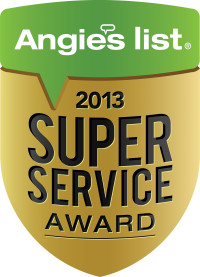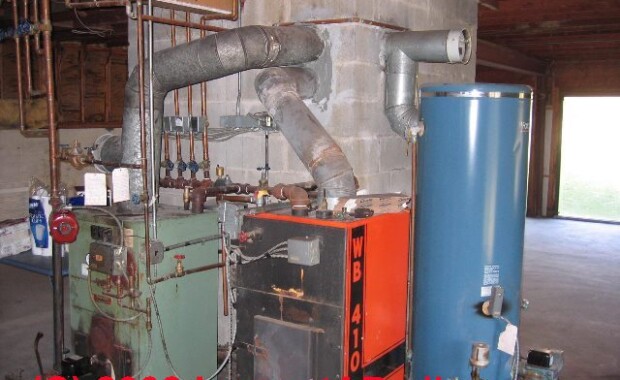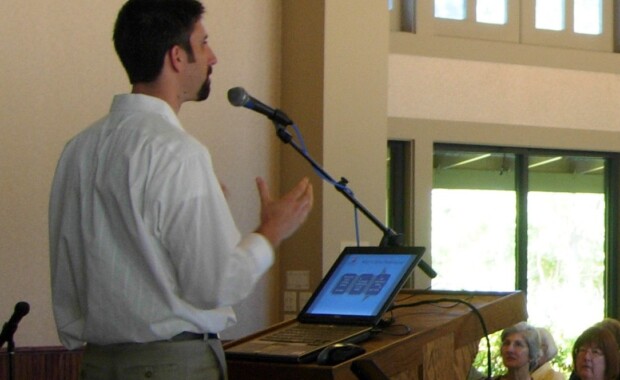What is “CAZ”? – A Combustion Safety Overview
What is “CAZ”?
CAZ stands for Combustion Appliance Zone and it is the area that your water heater, furnace, wall/floor heater, and/or boiler is located as well as your gas fireplace, gas stove, gas oven, gas broiler, and even your gas dryer to a lesser degree. CAZ testing by a trained technician to make sure these gas appliances are working safely.
In this article I will attempt to explain in very simple terms what is “CAZ” testing and the importance of having it performed in your home.
Basics of Gas Appliances
 All gas burning appliances produce some amount of Carbon Monoxide (Co) and other gasses as well as moisture as part of the burning process and every gas appliance, when properly constructed, has a path to lead those gases out of your home. In this article we are going to be looking at a standard water heater and its testing.
All gas burning appliances produce some amount of Carbon Monoxide (Co) and other gasses as well as moisture as part of the burning process and every gas appliance, when properly constructed, has a path to lead those gases out of your home. In this article we are going to be looking at a standard water heater and its testing.
The burner, very similar to a burner on your stove top, heats the tank from underneath, and the exhausting gases (like that of your car engine) travel through the tank and vented through a vent pipe (or flue) after it passes a gap between the tank and the Draft hood or draft diverter, this gap sort of acts like punching a second hole in a can to get the liquid out and should be on every standard gas water heater. At it’s core CAZ testing is to make sure the gas burning byproducts such as Co and moisture have a safe and easy path out of your home and that the Co levels (measured in parts per million or ppm) and within the limits set by BPI, PG&E, and EPA.
Part of the install test is a visual inspection, checking for rust, burnt spots, and that all the safety features are in place. Often the technician will check the gas line around the appliances while performing these tests.
Setting Up “Worst Case CAZ”
Part of our testing is testing your appliances at their worst. We start by closing all your external doors and windows* and opening all your internal doors so that we have what your house “naturally” or at it’s most open state would be then we check the air pressure of your home with a special tool called a manometer, the value of the pressure of your house is important because if it is too negative relative to outside the vented gases will not travel properly out (think of the house pulling air into itself from the outside). We then create a the worst set up for your gas appliances by closing many of your internal doors* and turning on all your venting fans so that the air is even more pulling from the CAZ to the rest of your house — this is called Worst Case CAZ.
*Note*: These doors do not need to stay closed for the entire test but should be returned to the way the Technician has set them as soon as possible.
The Tests: Spillage
While we want the pressure in the CAZ, compared to outside, to be relatively neutral (often improved with ample ventilation to the outside); we want the pressure in the appliance flue to be negative relative to the CAZ. This means we want the pressure in the flue to pull the gases up and out of your home — not be pushed back into the space.
The Spillage test checks around the lip of the appliance for the first 5 minutes making sure that the air does not push back into the space. The technician often does this with a smoke stick, a match, or a mirror, if the smoke comes back or the mirror fogs after 5 minutes the appliance fails this test and the client is urged to have PG&E come out.
The Tests: Draft
The draft test is similar to the Spillage test as it confirms the pressure within the flue. Again, we want the pressure in the flue to be more negative than the CAZ so that it is pulling the gas into the flue not the zone pulling the gases from out of the flue. Depending on the kind of flue (some we cannot drill) we drill a small hole in the flue and stick a probe that is connected to our manometer into that whole to test the pressure. We then plug up the whole and base our recommendations on our findings. Sometimes more ventilation needs to be provided in the space and sometimes the flue has a design flaw or is damaged and sometimes the appliance itself is not working properly any case we are here to help you learn what actions should be taken.
The Tests: Carbon Monoxide (Co):
 As mentioned before all gas appliances produce some Co and agencies such as PG&E, BPI, and EPA have set acceptable limits for each kind of gas appliance to produce.
As mentioned before all gas appliances produce some Co and agencies such as PG&E, BPI, and EPA have set acceptable limits for each kind of gas appliance to produce.
There are two kinds of Co we are checking for 1) Ambient : what your Co detector sound if it went over its limit (please see my article on Co detectors) and 2) Within the flue : the Co your gas appliance admits and ideally vents out of your home, it still has a limit but much higher. A small hole is drilled into the draft diverter, a probe connected to a monoxor (tool used for measuring Co levels down to 1ppm). If you Co levels for either Ambient or within the flue are over the limit we recommend calling PG&E whose Gas Service Rep have different actions they can take to address the issue including repairing or turning off the unit.
These above tests are designed and implemented to test your gas appliances for the safety of your home and family. Thank you for having us in your home or having us there in the future.
Sincerely,
Laura Osburn
BPI Technician at Advanced Home Energy
Posted in: Homeowner Info
Leave a Comment (0) →







